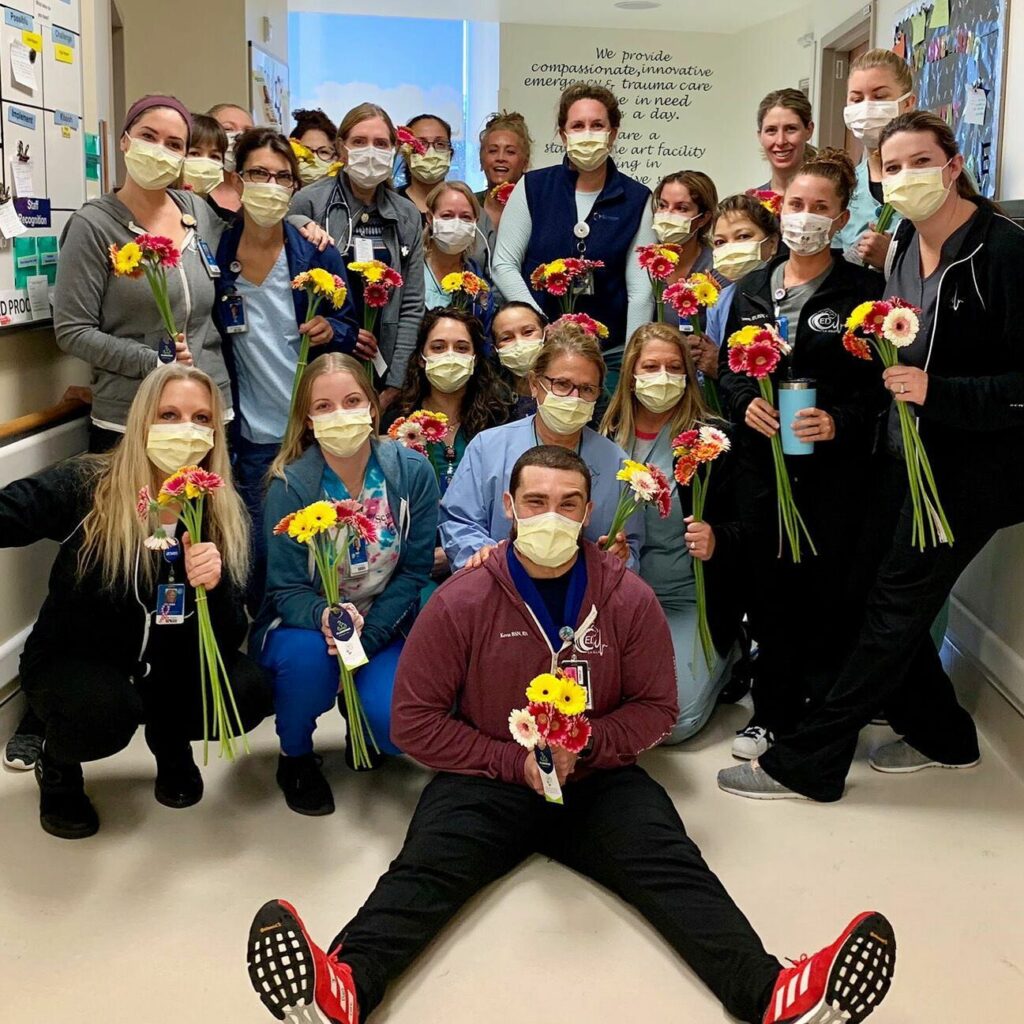Facing a devastating drop in demand and a hobbled supply chain, the fate of the U.S. floral industry depends on success in convincing both regulators and the public that flowers are “essential”. A patchwork government response to the COVID 19 pandemic is adding to the challenge. Nonetheless, some remain optimistic for Mother’s Day.
While reliable figures are not yet available, it’s clear that demand for cut flowers and greens in the U.S. market has slowed to a trickle, especially for independent retail and wholesale florists. Growers and wholesalers report that orders have dropped from 70 to 90 percent, sometimes more.

What sales volume remains is mainly through grocery stores, which are at least permitted to continue doing business under the stay-at-home orders that now affect more than 90 percent of the U.S. population. In early March, under pressure from the rush of panic buying and the need to keep restocking stores with basic goods, some supermarkets stopped buying and selling flowers. Since then, many if not most have reopened their flower departments.
Transportation logistics remain a key concern. Supply is available from growers, both domestic and international. The difficulty lies in getting it to retailers, with many flights canceled and trucking routes reduced for lack of volume. Oversupply means that flower prices go down, even while freight costs go up.
“We Put Everything on the Line”
At Oregon Flowers, Inc. in Aurora, Oregon, which in the past has sold primarily to wholesale florists, Martin Meskers estimates that order volume has dropped 70 or 80 percent. Currently, sales to specialty grocery stores are providing a fragile lifeline. Meskers, his family and staff grow mainly bulb flowers and perennials.
Click here to read the full article in Floribusiness magazine.









